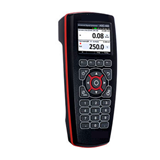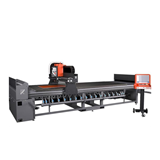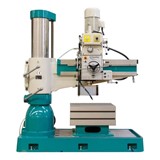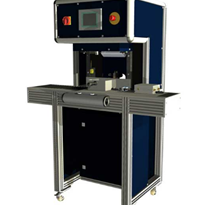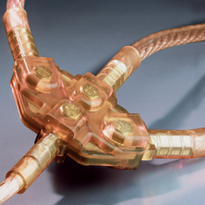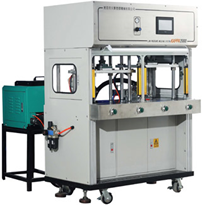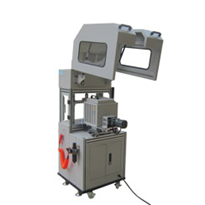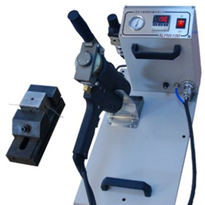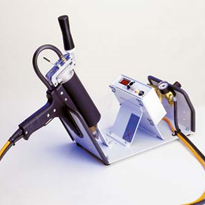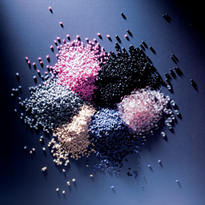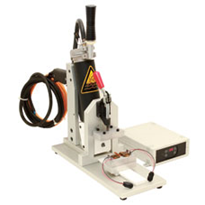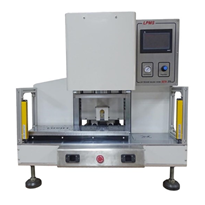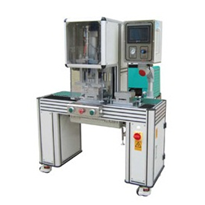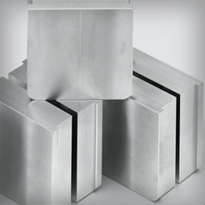How long is a typical injection cycle?
The molding cycle is dependent on the size and material section thickness of the component. Typical cycle time ranges from 15 to 45 seconds and that can be for single or multi-cavity mold-sets.
What are the best materials for the construction of the molds?
Aluminum (7075) is very well suited for mold-set manufacturing. Aluminum offers excellent heat transfer i.e. short cycle times. Aluminum mold-sets are relatively soft and care must be taken not to damage the cavity surface. If the component to beover-molded has steel components, it is recommended to have steel inserts in this area of the cavity. This would be the case for connector over-molding. Mold-set can also be manufactured from tool steel such as P-20. It may be required to cross drill steel mold-sets to ensure sufficient cavity cooling.
Tarapath can custom make mold sets.
What is the minimum tolerance that the Macromelt materials can hold?
The Macromelt materials shrink 1 to 2% depending on the grade of material. This must be taken into account for critical applications. Tolerances of +/- 0.1mm can be met on smaller components.
What is a typical injection temperature for these materials?
Melt reservoir temperature ranges from 180ºC to 230ºC. Depending on mold-set design, this would typically correspond to cavity temperatures of 140ºC to 190ºC.
Can material regrind be used?
For applications where material mechanical and adhesive properties are critical, regrind should not be used. The regrind material will always contain a minute amount of mold release agent, which could compromise adhesive properties.
Furthermore the mechanical properties of the material will degrade somewhat from repeated re-melting. For non-critical applications the runners can simply be thrown back into the melt reservoir without any regrinding. It is strongly recommended to confirm that component molded from "regrind" material meets the final component specifications.
Can the mold be plated to eliminate mold release?
The Macromelt materials are adhesives and tend to stick to most surfaces. It may be possible to use some coating for permanent mold release, but we can not recommend any coating at this time.
How do these Macromelt materials compare to engineered resins economically?
Macromelt does not replace other plastic materials directly. If a component can be molded successfully with PVC, there is no reason to consider Macromelt. If PVC molding results in high scrap levels as result of high pressure, low pressure molding may be more economical as result of reduced scrap. More typically the low pressure molding operation replaces several manufacturing operations such as molding of a plastic housing and potting with epoxy.
Can batteries be over-molded without reducing their effectiveness?
Many types of batteries have been successfully over-molded with Macromelt. However, a simple prototype overmold for a particular battery is recommended before starting full scale production.
Is there any distortion of the final component with this process?
No, not if normal design guidelines are followed (uneven encapsulation such as a very thick material section on one side of a PCB with a thin layer on the other could result in warping).
Who will prototype my parts?
3D CAD Modeling, Rapid Prototype Tooling, Rapid prototyping and Production Tooling is supplied by Tarapath as well as prototype parts when necessary.
Does Tarapath provide start-up training on moulding equipment?
Yes. Start-up and training typically takes 4 to 6 hours depending on the number of operators and machine model.
Who will provide technical support for the materials?
Tarapath will supply both material and application specific support.
What is the delivery time for materials?
The OM product line is manufactured in Europe and warehoused in Melbourne. We generally keep significant quantities of each material above forecasted volumes. Accurate forecasts are critical as the lead time is 90 days for delivery from Europe to Australia.
What is the delivery time for machines?
12 weeks approximately.
What is the delivery time for mold-sets?
Typically 4 to 8 weeks
What would be the price range for a typical production mold-set? Prototype mold-set?
The price range for production mold-sets will vary widely depending on number and type of cavities. One-cavity mold-sets will typically range from $1800 to $3500. Tarapath offers prototyping services (where the mold-set remains property of Tarapath) for $800 to $2000, which would include 10 to 30 moulded parts.
What features are on the PLC controller?
The PLC controls temperature of reservoir and manifold, clamp operation, injection cycle including profiles and pump speed (VFD), component ejectors and some safety functions.
If mold-sets are provided by Tarapath, will a molding profile be pre-determined prior to delivery?
Yes, any mold-set from Tarapath will be documented so that all molding parameters can be entered directly. Some minor fine-tuning may be required as result of different ambient conditions.
Has a chart been developed for adhesion of different substrates?
A chart has been produced giving a + to ++++ rating for adhesion. The Elgin laboratory is working on a chart that will quantify the adhesion and give real numbers. However, especially in the electronics industry, newly designed substrates surface constantly. We will continue to update the data table as the substrates are evaluated.
What is the lowest pressure that parts can be molded at?
25 psi is typically the lowest practical pressure. For anything lower the runner and gate design become very critical.
What is the typical viscosity of the material?
Macromelt molding materials have a viscosity range of 3400-7000 centipoise at 210ºC. What can it be
compared to in its molten state? In their fully molten state, Macromelt materials can be compared to maple syrup at room temperature.
How are air bubbles avoided in the final molded part?
By ensuring that a mold-set is vented correctly and optimising the injection profile. Densely populated circuit boards may require several steps in the injection profile to avoid any "shadow effects" behind components.
What is the maximum temperature that the materials can withstand during over-mold with a traditional resin?
This is very dependent on the components to be over-molded and the shape/size of the cavity. We can not offer a clear rule of thumb.
What is the typical shrinkage of the material and will the part maintain dimensional stability after molding?
Shrinkage varies during injection and can usually be controlled by packing the mold with pressure. The shrinkage rate 24 hours after injection ranges from 1 to 2% for the different materials.
How are the materials packaged? Should they be dried prior to use?
Materials are shipped in double walled 20kg bags. To retain best material properties, it is recommended to drymaterial prior to use.
For any other questions or if you would like to know more please feel free to call or use the enquiry box for a direct reply.





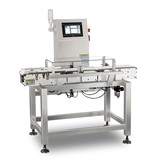
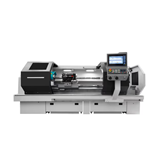

-160x160-state_article-rel-cat.png)


-160x160-state_article-rel-cat.jpg)


-160x160-state_article-rel-cat.png)


